If you’re like most people, you probably don’t think about fiber very often. But it’s an important part of a healthy diet!
Fiber is found in foods like fruits, vegetables, and whole grains.
It helps keep us regular and can lower our risk of diseases like obesity and heart disease.
So if you’re looking for ways to improve your health, adding more high-fiber foods to your diet is a good place to start!
HIGH FIBER FOODS
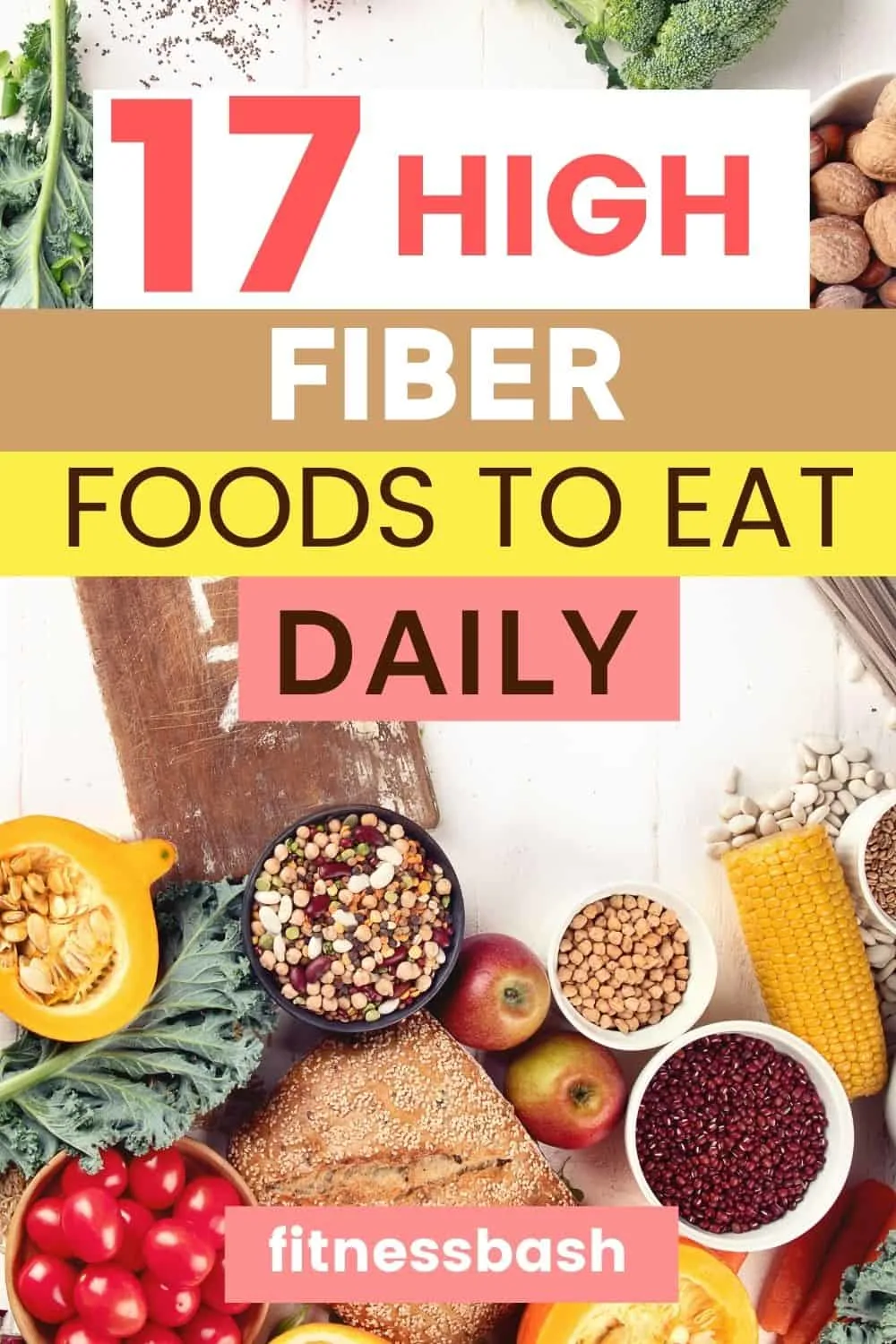
Fiber is important for a healthy digestive system.
The most common way to consume more fiber is through the consumption of fruit and vegetables.
Fiber-rich foods should be part of your daily diet if you want to live a healthier life and maintain a good digestive system.
Most of the time people with digestive problems are recommended to eat more fiber.
They can help people suffering from diarrhea or constipation.
WHAT ARE DIETARY FIBERS
Dietary fibers are a type of carbohydrate found in the foods we eat.
Dietary fibers are not digested by us, but it provides many health benefits such as reducing cholesterol and blood sugar levels.
Vegetables, fruits, whole grains, and legumes are some of the best sources of dietary fiber because they usually contain both soluble and insoluble types.
The American Heart Association Eating Plan suggests that total dietary fiber intake should be 25-30 grams a day for adults.
Whereas we eat only 15 gms a day on average.
Check the article from ucsfhealth.org
So, how to increase the dietary fiber in our diet?
Eating fruits, vegetables, legumes, grains, nuts, and seeds automatically fill our bodies with more dietary fiber.
Start eating foods that naturally contain more dietary fiber than others.
1. DARK CHOCOLATES

Starting with the most delicious ones.
Dark chocolate has been proven to have health benefits.
It is said that eating a few bits of dark chocolate daily can improve your mood, reduce stress and even help with weight loss!
Choose dark chocolate with a higher percentage of cocoa. 70-90% cocoa content is ideal to gain its health benefits.
100 gm of dark chocolate contains 11gm of fiber.
2. CHIA SEEDS
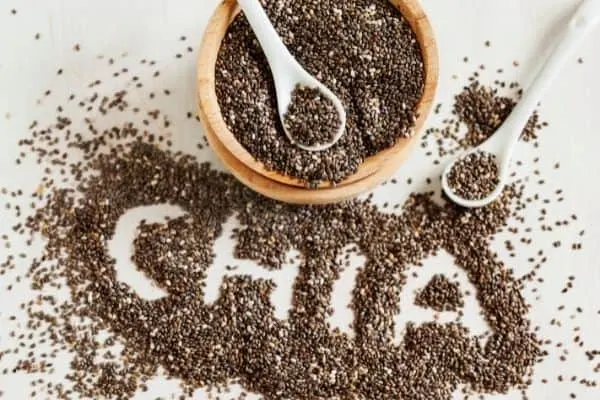
Chia seed is a nutrient-rich food that can be eaten raw or cooked.
Chia seeds contain the highest amount of dietary fiber per 100 gm than any other food.
The benefits include increased energy, improved blood sugar levels, and weight management to name a few!
They contain high amounts of omega-3 fatty acids and fiber, which are all good for our health.
Chia seeds also have antioxidants that can help fight off diseases like cancer and heart disease.
100 gm of chia seeds contains 34.4 gms of fiber.
3. AVOCADOS

Avocados are not only delicious, but they’re also a great source of healthy fats.
The health benefits of avocado include lowering cholesterol and blood pressure.
They also help regulate blood sugar levels and can reduce the risk of diabetes.
Add sliced avocado on top of toast or oatmeal for extra flavor or use it in a salad dressing.
100 gm avocados contain 7 gms of fiber.
4. RASPBERRIES
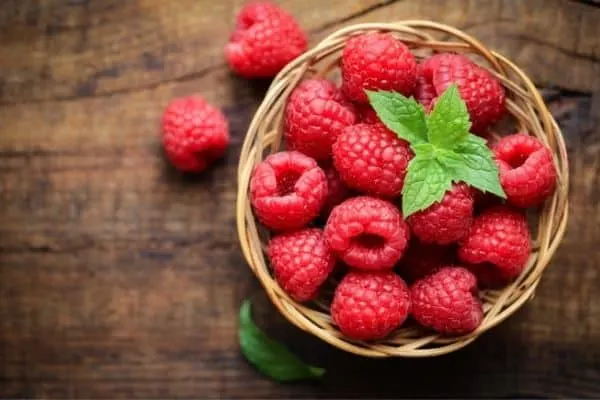
Raspberries are a delicious fruit that can be served in many different ways.
Raspberries are high in fiber, which helps to keep your digestive system functioning properly and supports weight loss by helping you feel full longer.
They’re also loaded with vitamin C, potassium, manganese, and other nutrients.
100 gm raspberries also contain 7 gms of fiber.
5. LENTILS
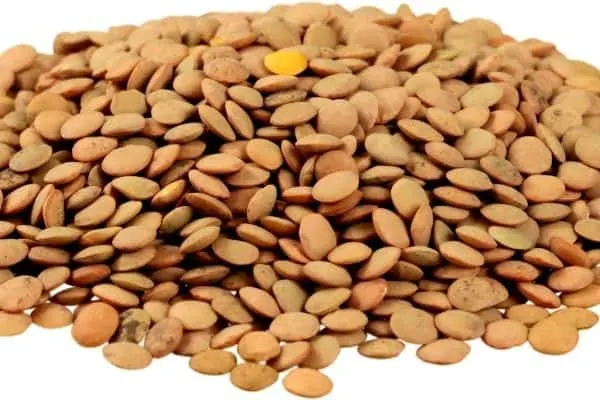
Lentils are an excellent source of dietary fiber, protein, and vitamins.
They also contain folate which is important for women who are pregnant or trying to conceive.
Lentils are a great source of nutrients that provide significant health benefits!
Lentils have a high level of antioxidants.
100 gm of cooked lentils contain 7 gms of fiber.
Check out:
6. OATS
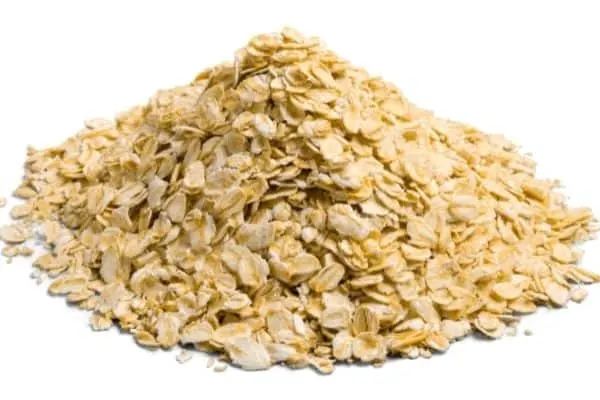
Oats are one of the healthiest and most nutritious grains in the world.
They’re rich in essential nutrients, including B vitamins like thiamin, riboflavin, and niacin.
Oats also contain high levels of protein, dietary fiber, antioxidants, and minerals such as iron and zinc.
Oats are great when you are trying to lose weight.
I personally love oats and eat them twice daily.
100 gm of oats contain 10.1 gms of fiber.
Check out the best oats recipes:
7. ALMONDS
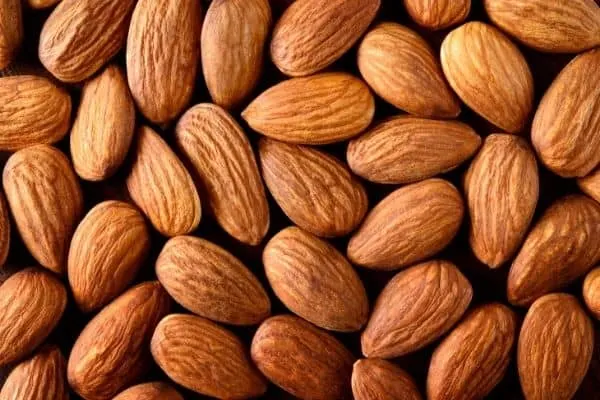
Almonds are a great snack option.
Almonds are chock-full of healthy fats, protein, vitamin E, and other antioxidants.
Almonds provide more energy and help fight inflammation.
Add a handful of almonds to your breakfast recipes.
100 gm of almonds contain 12.5 gms of fiber.
8. SUNFLOWER SEEDS
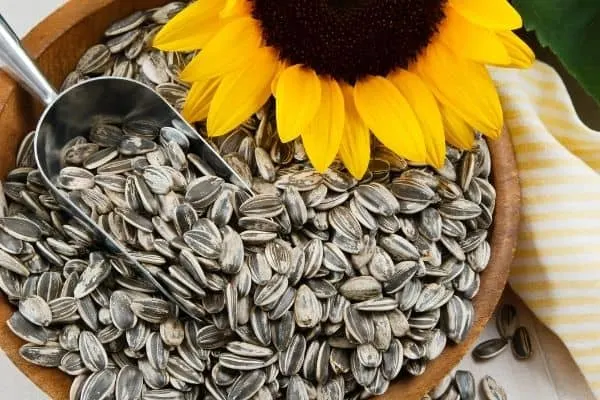
If you’re looking for a little something to add to your diet, sunflower seeds might be what you’re looking for.
Sunflower seeds are high in protein and iron, as well as vitamin E which helps fight free radicals.
These small seeds can help you get the nutrients that your body needs!
100 gm of sunflower seeds contain 10.1 gms of fiber.
9. FLAX SEEDS

Flaxseeds are one of the most nutrient-dense foods on the planet.
They keep you full for the higher amount of fiber content.
They are rich in omega 3’s, calcium, and antioxidants.
Flaxseed oil is also beneficial because it contains alpha-linoleic acid which has been shown to reduce inflammation and chronic pain in many people.
100 gm of flax seeds contain 28 gms of fiber.
10. BRAN FLAKES
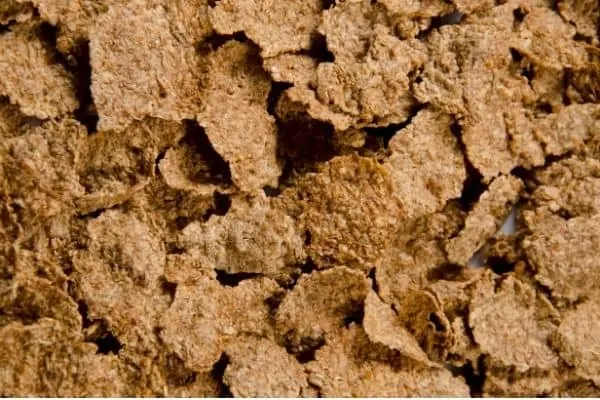
Bran flakes are a really healthy breakfast option because they contain a lot of nutrients, fiber, and protein.
One bowl has more than 30% of your daily recommended dietary needs for fiber and 17% for protein.
Bran flakes also have lots of vitamins like Vitamin E, B6, Iron, Magnesium, and Selenium which can help improve moods.
Bran flakes are low in sugar as well so if you’re looking for a healthier morning meal bran flakes should be your go-to choice!
100 gm of bran flakes contain 17 gms of fiber.
11. QUINOA
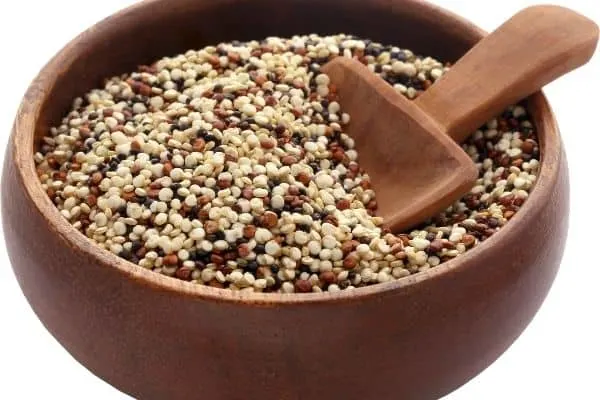
The health benefits of quinoa include being gluten-free, high in protein, and rich in fiber.
It has more fiber than any other grain and contains all the essential amino acids to make your body feel great!
It can be used as an alternative to rice or couscous and is a great source of nutrients for vegetarians who want more than just vegetables.
Quinoa is a high-protein food that’s gluten-free and can be used in place of rice or pasta.
It’s also loaded with iron, calcium, magnesium, and potassium- everything your body needs!
So stop eating processed foods and start eating healthy with some quinoa today!
100 gm of cooked quinoa contains 2.8 gms of fiber.
12. SPLIT PEAS
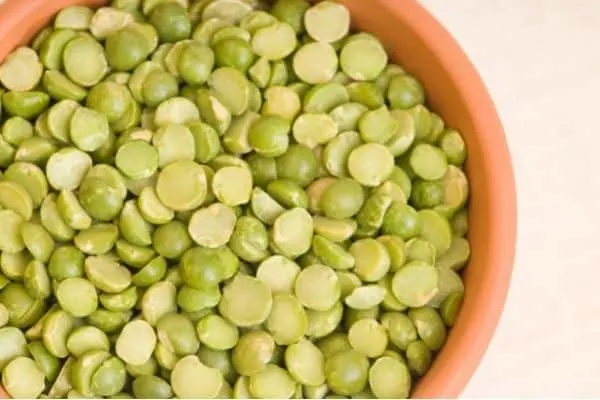
Split peas are more nutritious than green beans, carrots, or potatoes.
They have a lot of protein and fiber with very few calories.
Split peas can be used in soups, salads, rice dishes, and even desserts!
The best part is that they’re inexpensive so it’s easy to incorporate them into our diet for health benefits.
Here is a split pea recipe you may like.
100 gm of split peas contain 26 gms of fiber.
Check out:
8 Low-Carb root vegetables to eat
13. WALNUTS
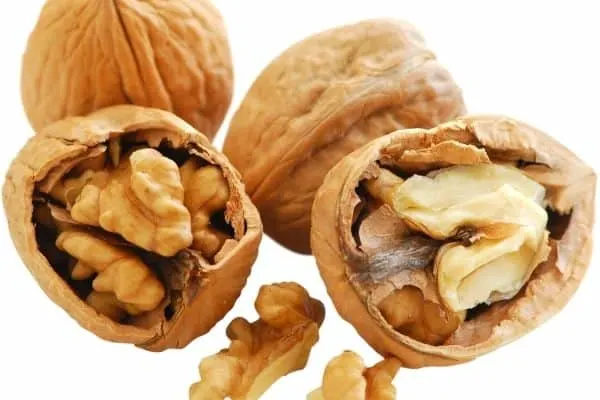
Walnuts are a great food because they’re rich in omega-3 fatty acids, which are essential for brain and eye health.
They also help lower cholesterol levels and reduce inflammation in the body, making them a superfood for overall wellness.
Walnuts taste so good. Whether as raw nuts or walnut cake.
100 gm of walnuts contain 6.7 gms of fiber.
14. KIDNEY BEANS
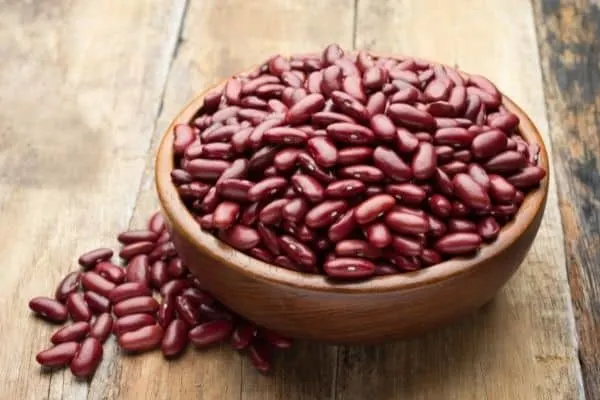
Kidney beans are one of the healthiest foods on the planet.
They have an extremely low glycemic index, which means they’re good for people with type 2 diabetes and don’t cause large spikes in blood sugar levels like other high-carbohydrate foods.
If you’re looking for a protein boost, kidney beans might be your perfect choice because they contain 24 grams per 100 gms.
So whether you’re trying to lose weight or keep it off, try adding kidney beans to your diet today!
100 gm of walnuts contain 6.4 gms of fiber.
- 15 High Protein Foods to include in your diet
- 10 Calcium-Rich Friendly Foods
- 10 High-Protein Low-Carb Foods to Eat
15. PEANUTS
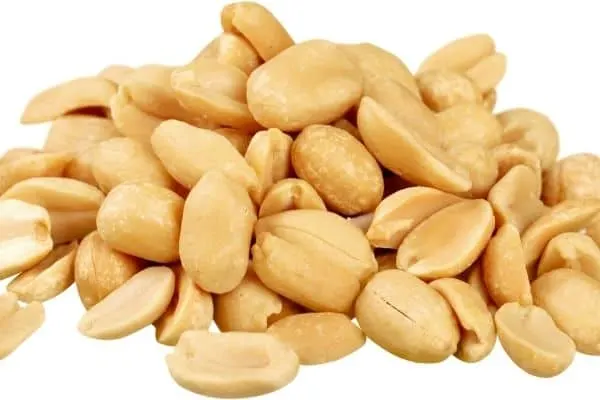
Peanuts are not only delicious, but they can also be healthy.
Peanut butter is a great source of protein and the peanuts themselves have lots of fiber!
They can also help lower the risk of heart disease, diabetes, and cancer.
Eating peanuts on a regular basis may even reduce the risk of osteoporosis in women.
100 gm of peanuts contain 9 gms of fiber.
16. BARLEY
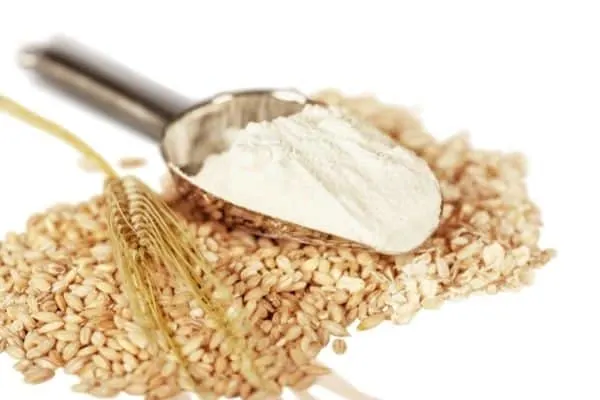
Barley is a whole grain and has many health benefits.
It can help lower blood pressure, reduce the risk of diabetes, and prevent heart disease.
Barley is a grain that has been around for centuries and is still popular today.
100 gm of barley contains 17 gms of fiber.
17. SOYBEANS
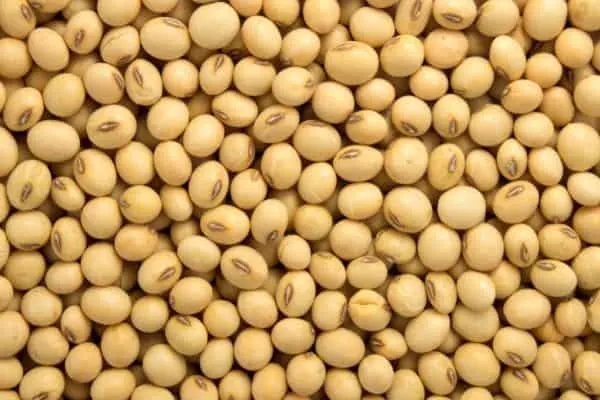
Soybeans offer a wide variety of health benefits.
Soybeans also provide enough protein (12.35 grams per 100 gm serving) for vegetarians who don’t get their protein from meat sources like beef or poultry products.
And lastly, soybeans contain healthy fats such as omega-3s.
100 gm of cooked soybeans contain 4.2 gms of fiber.
My Take on High-Fiber Foods
Eat whole grains such as brown rice or quinoa for breakfast; add more vegetables and fruit into every meal; add beans as another protein option at dinner time, and drink plenty of water throughout the day will increase our energy in just one week!
So, what are you waiting for?
Start stocking up on high-fiber foods and give your digestive system the boost it needs.
Related High Fiber Foods
- 15 High Protein Meals that are good for our body
- 12 Best Weight Loss Foods
- 22 Healthy Snack Ideas
- 15 Low-Calorie Snacks to eat with guilt
- 9 Health Benefits of Cinnamon Powder
- 15 Reasons to Eat Jaggery
High Fiber Foods
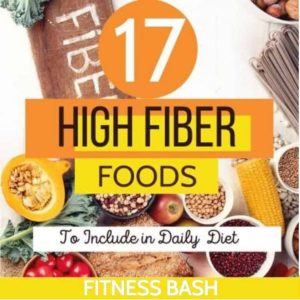
17 High Fiber Foods for a Fit Lifestyle
Ingredients
- Dark Chocolates
- Chia Seeds
- Avocados
- Raspberries
- Lentils
- Oats
- Almonds
- Sunflower Seeds
- Flax Seeds
- Bran Flakes
- Quinoa
- Split Peas
- Walnuts
- Kidney beans
- Peanuts
- Barley
- Soybeans
Instructions
- Choose 2-3 high-fiber foods to include in your diet
- Check out different recipes or salads where you inculcate these foods.
- Eat them regularly to boost your metabolism.
- Have a healthy lifestyle.
Notes

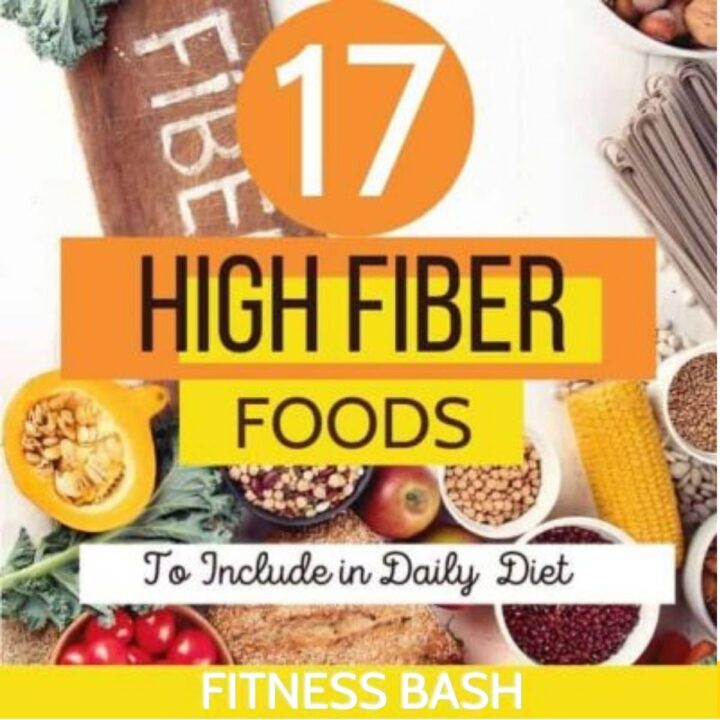
Thank you